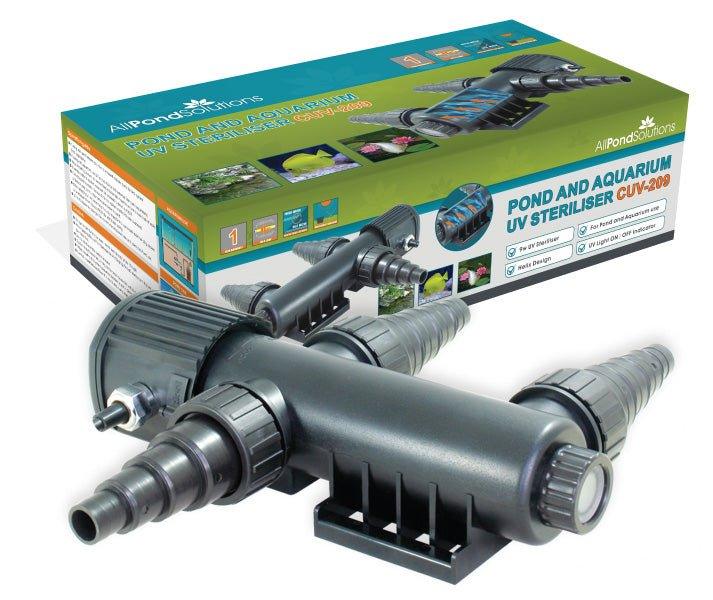Your Guide to Keeping Tropical Shrimp
After releasing our latest species of tropical shrimp, we could not believe how fast they are being snatched up! With the success of our first shipment of shrimp, we thought we would do a blog post for all you fish keepers out there on caring for shrimp. Freshwater shrimp are great if you are looking for something new and exciting to add to your tropical fish tank. While keeping shrimp is a very different experience than keeping tropical fish, they are great for keeping your tank clean from algae and food waste and they are fun to observe. These sociable creatures will definitely create an animated environment and they are quite easy to care for.
Cleaning Shrimp Aquariums and Care
Tropical aquarium shrimp are easy to care for as long as the correct water parameters are met. Shrimp can be very sensitive to water quality and any changes in the conditions can lead to fatalities. This being said, it is probably a good idea to keep shrimp in slightly larger tanks that are not subject to steep changes in a short amount of time. Your ideal tank will need to be free of ammonia and very low nitrite/ nitrate levels, will have medium to low light, plenty of shelters, and the temperature will need to be kept stable – for many breeds, this will be between 24 – 26 °C.
They are not very big creatures, some of the largest only reaching 7cm at full maturity. Despite their little stature, they do well in quite big busy tanks. They thrive in a full environment because they are natural scavengers. They feed themselves off uneaten fish food, algae and bacteria that grow throughout the aquarium. The more fish and plants in the fish tank, the more food sources your shrimp will have! It is also a good idea to add a standard flake food or algae pellet to their diet to ensure they are getting all the nutrients that they need.
If you plan to have crusteceans in your community fish tank, be sure to have a soft substrate at the bottom so that they can safely burrow for food. They also need plenty of hiding places - provide them plenty of live plants and wood so that they can hide out when they need to. Having places available for them to take cover will actually boost their confidence around the tank and you will in turn, see more of them.
The most important care tip is to avoid copper and excess calcium in the water. Both calcium and copper are toxic to most aquarium invertebrates like tropical shrimp, so avoid any medications and treatments with copper traces and avoid using calcium-rich rocks, substrates and plant fertilisers.
Compatibility
Shrimp are great for tropical community fish tanks because they will not pester the fish that you already have in your aquarium – they will happily live amongst them and eat the food that they leave behind. As with any species you wish to keep in your aquaria, research before purchase is absolutely essential. Although they have a generally peaceful nature, there are always exceptions. Size is typically the largest concern when adding them to your fish tank.
Avoid adding smaller crustacean species to a tank with large, boisterous and/or carnivorous shrimp – fish such as cichlids, angelfish and barbs; these larger fish will mistake the little shrimp for food. Some good tank-mates are danios, guppies, tetras, rasboras and other small community fish or shrimp.
Fish are not always the sole predators in a tank. If the shrimp species you keep is larger than the fish, omnivorous species have been known to catch fish if they are slow enough.
Types of Tropical Shrimp
There is a huge selection available on the market to aquarists. They range in size, colour and shape and each one is fascinating to watch. Some of our favourites are:
Crystal Red
Crystal red shrimp only grow to be just over 3cm but they are actually classed as a more difficult shrimp species to keep. This type of shrimp can be quite rare and came to be from a single mutation when breeding the black bumble bee shrimp.
Blue Velvet
These vibrant blue shrimp are one of the most popular species of shrimp due to the unusual yet beautiful colouring. They are native to Taiwan and grow to be approximately 4cm. In good water conditions, blue velvet shrimp can be very easy to breed.
Orange Sunkist
If you are looking to add a pop of brightness to your aquarium, Orange Sunkist shrimp are great. They are very social shrimp and prefer to live in larger groups.
Dwarf Green
If your aquarium is densely planted, it may be more difficult to spot these tiny dwarf shrimp. Don’t let that discourage you from this great species – they are very active and will be seen scurrying on and among the plants looking for food.
Tiger
Tiger shrimp are another popular types of freshwater shrimp found in fish tanks. They are very easy to keep and are omnivorous; they will happily feed on algae, sinking pellets and frozen foods.
